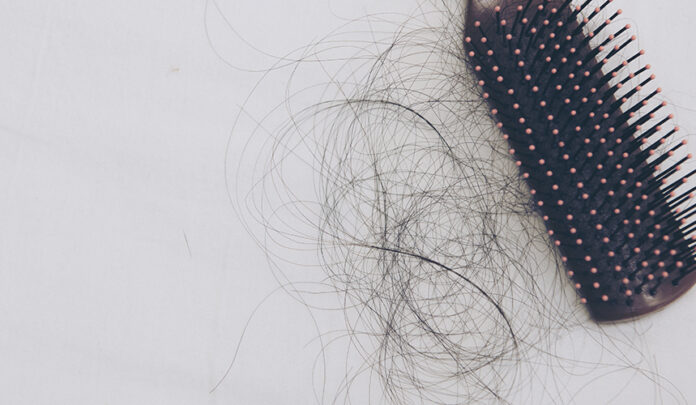Any hair loss can affect your well-being and lifestyle – especially if you spend a long time trying to cover up any hair thinning or baldness you have already experienced. Understanding more about hair loss and finding out about the different types of hair loss might give you a sense of empowerment; when you know what you are up against, you can start looking at solutions.
Establishing What Type of Loss You Are Suffering From
Before self-diagnosing what you are suffering from, it is important to see your doctor – they should be your first port of call. Along with seeing your doctor, you might also benefit from monitoring your hair over the next few weeks. Are you losing more when you are stressed? Are you struggling to get new growth? Does your hair feel like it is thinning too?
The more questions you can answer, the more informed you will be about what type of hair loss you may be suffering from. Once your doctor has been able to diagnose you, you might wish to start looking at treatment options. Experts like those at Harley Street Hair Clinic will be able to suggest numerous solutions and treatments that could help you with hair loss, such as hair transplants if you’re a suitable candidate.
Stress-Related Hair Loss
Trauma and stress can have a huge impact on your health, well-being – and on your hair too. When you are stressed, you could find that your body puts more work and effort into maintaining essential functions instead – and hair growth is not one of these!
You might be able to figure out if you are suffering from stress or trauma-related hair loss by seeing how much may be falling out (and when). For example, this problem may occur significantly more when you are stressed with family life or work. Whatever the case, seeing your doctor if you’re overly stressed is recommended – especially if it’s making your hair fall out.
Hair Cycle Disruption
You may find that a poor diet or malnutrition may be affecting your natural hair cycle, preventing your body from producing new growth at the root and instead causing it to focus on other areas.
When you are not eating the right foods or even getting the right vitamins and nutrients on a daily basis, it will begin to show – particularly in your hair. The good news is that quite often, hair cycle disruption can be temporary, and with lifestyle and dietary adjustments, it can be a problem that is rectified in a matter of months in many cases.
Alopecia Areata
This condition often causes hair loss and bold spots and is attributed to an autoimmune disease. This means that your body’s immune system turns on itself and starts attacking healthy follicles instead of nurturing them and focusing on growth and production.
With alopecia areata, you may find that you are losing your hair in patches. This hair may well grow back in time, but it is not always guaranteed.
Traction Alopecia
Traction alopecia is caused by the repeated pulling out of our hair. It can be caused by wearing your hair in tight styles – for example, pulling your hair tightly to make a bun or ponytail on top of your head. If this condition is detected early on, re-growth may happen. However, if it is not caught, you may find that hair follicles are irreversibly damaged.

















